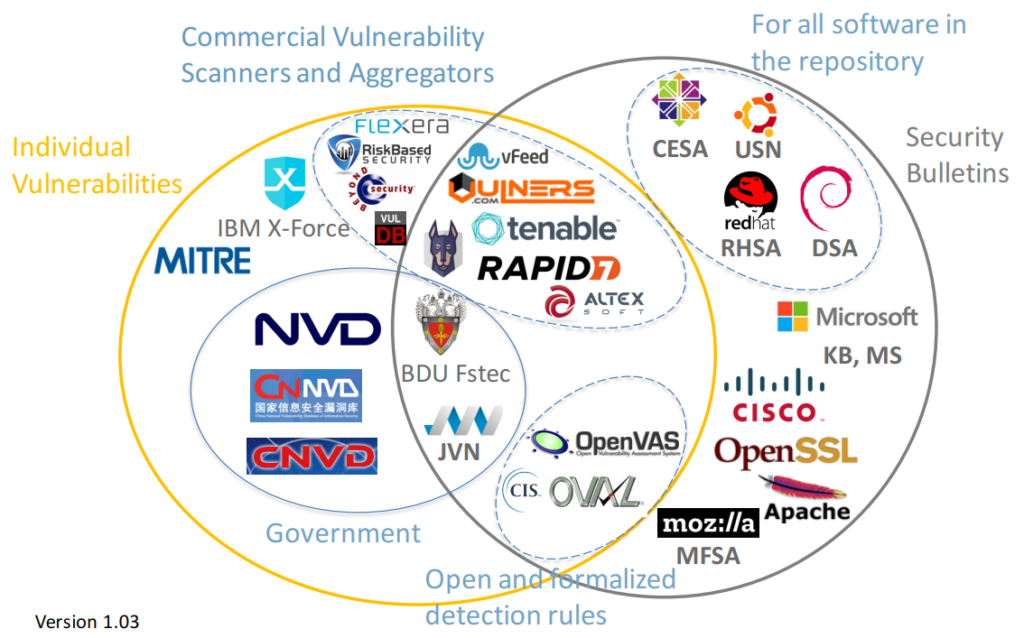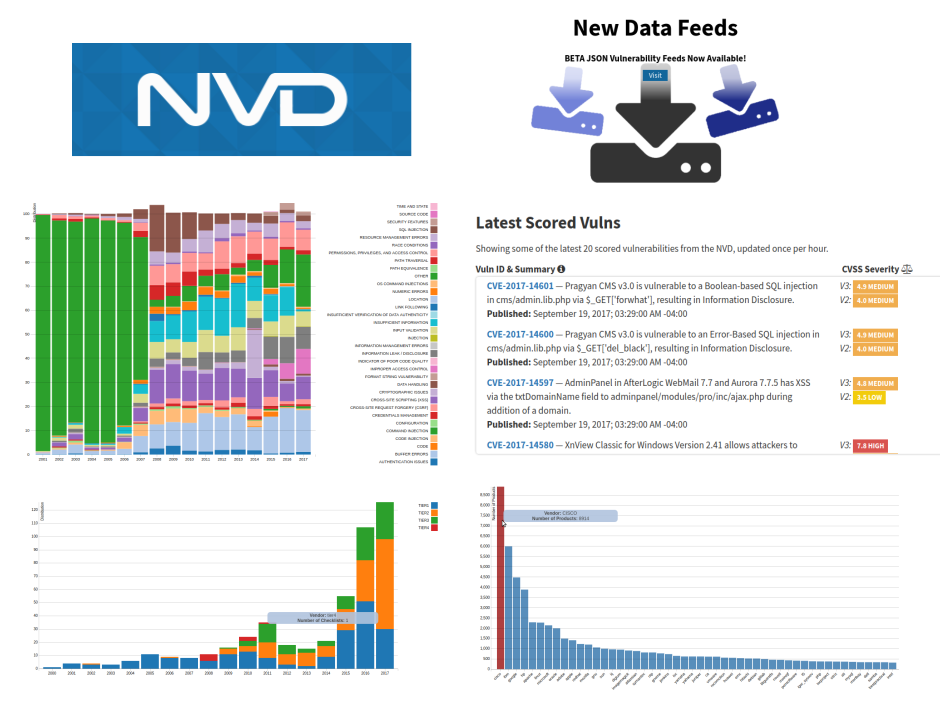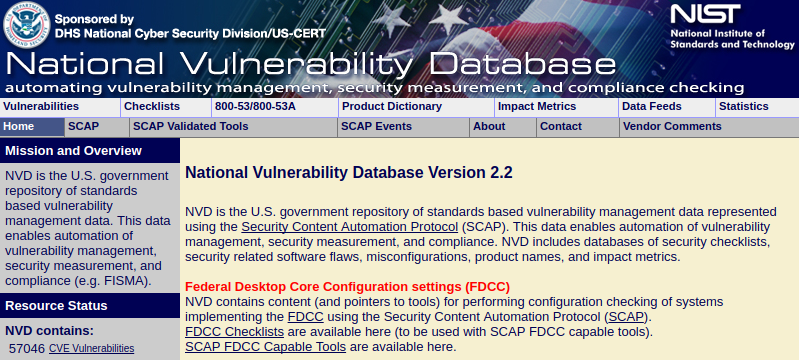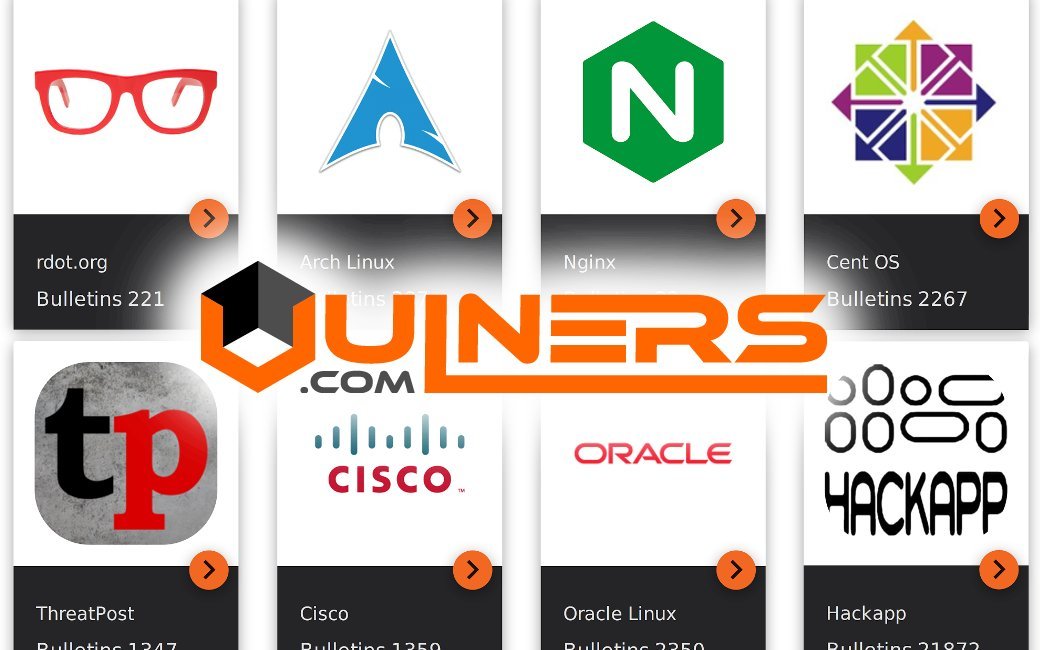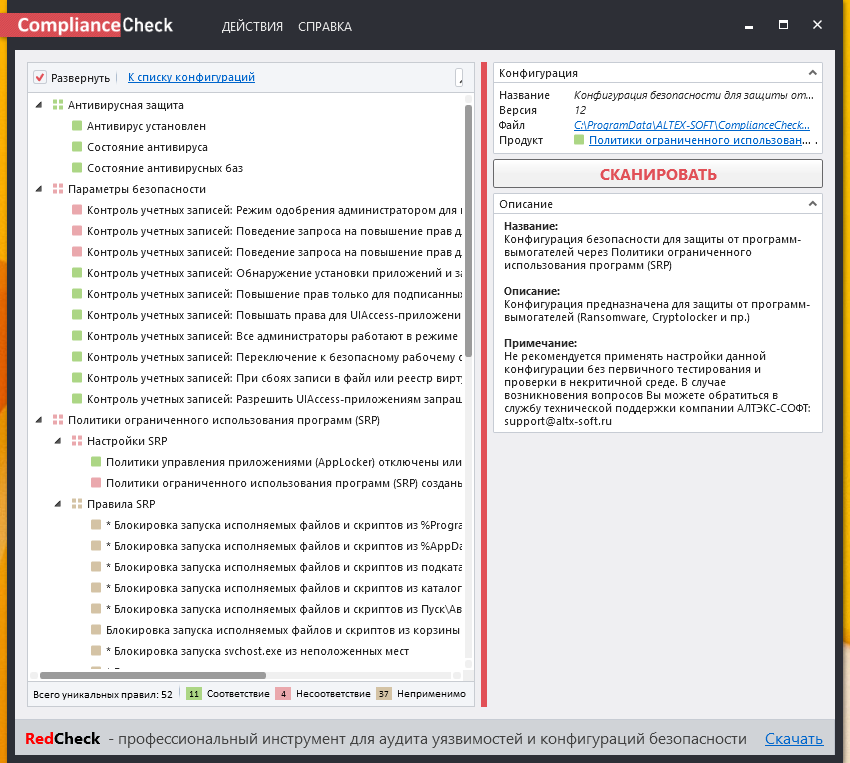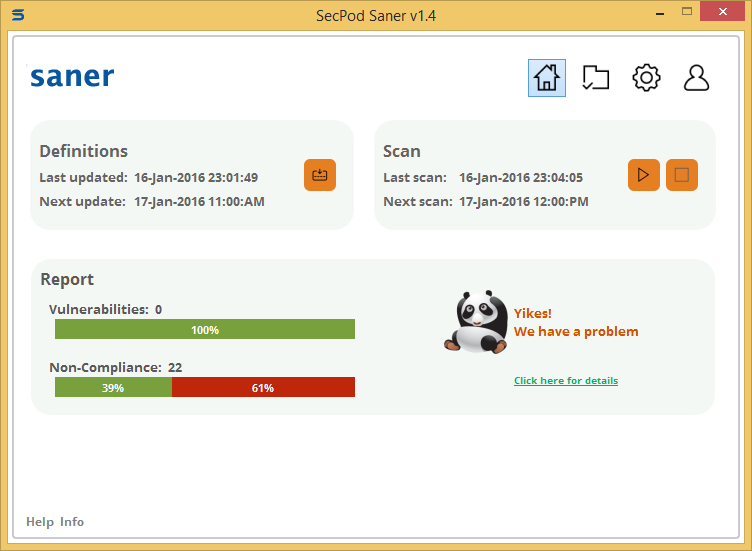Last Thursday, September 20th, I spoke at ISACA Moscow “Vulnerability Management” Meetup held at Polytechnic University. The only event in Moscow devoted solely to Vulnerability Management. So I just had to take part in it. 🙂
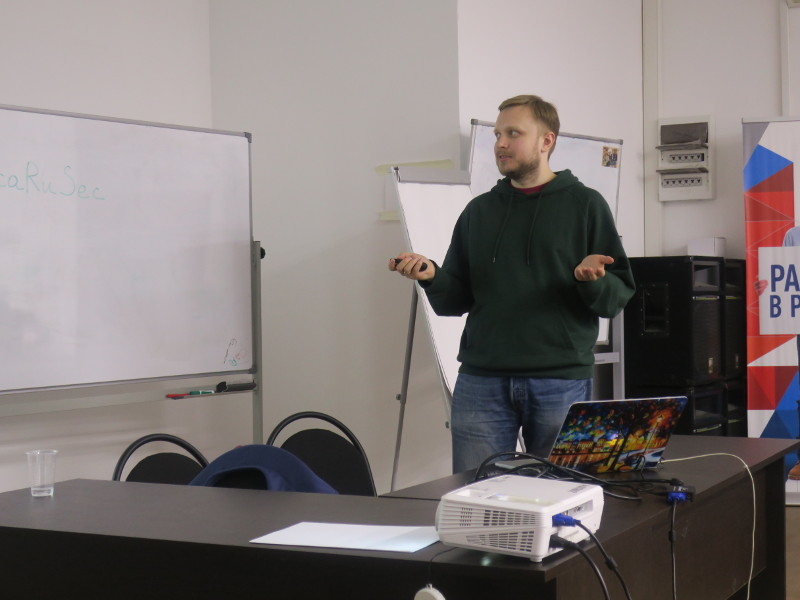
The target audience of the event – people who implement the vulnerability management process in organizations and the employees of Vulnerability Management vendors. I noticed groups of people from Altex-Soft (Altx-Soft), Positive Technologies and Vulners.

It was very interesting to see such concentration of Vulnerability and Compliance Management specialists in one place. Questions from the audience were relevant and often concerned the weaknesses of competitors. 😉 Here I will make a brief overview of the reports. You can also read here about previous year event at “ISACA Moscow Vulnerability Management Meetup 2017“.
Talking about the audience, there were fewer people than last year, but still a lot:
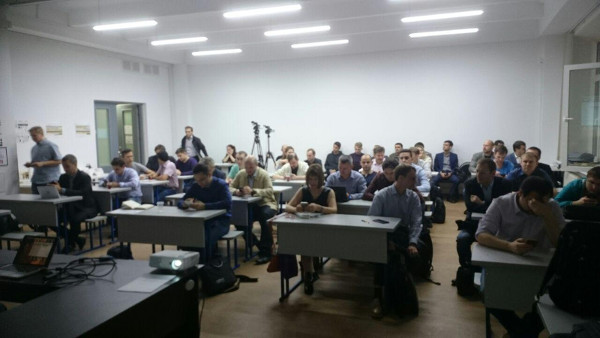
The event was recorded. I will add video here as soon as it’s ready.
upd. Video in Russian. My presentation starts at 1:35:56
The event was conducted entirely in Russian, including all the slides. So, maybe I will make English subtitles and voiceover, at least for my part.
Continue reading
